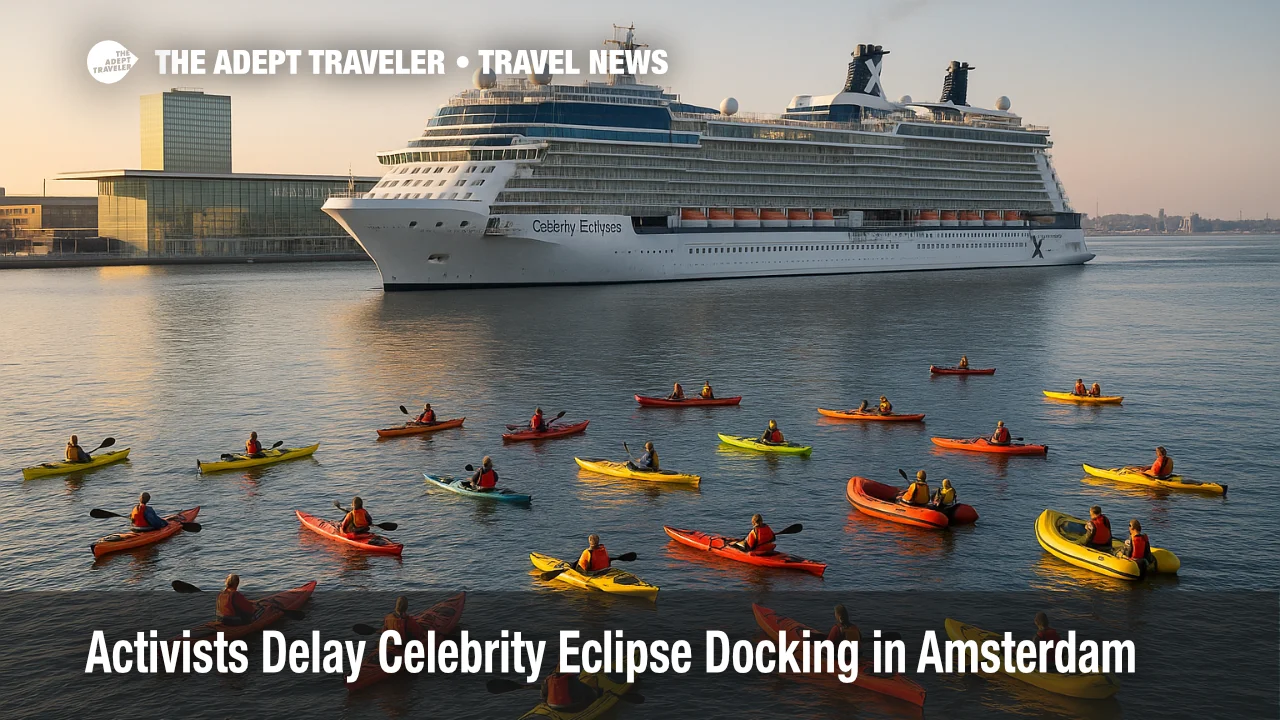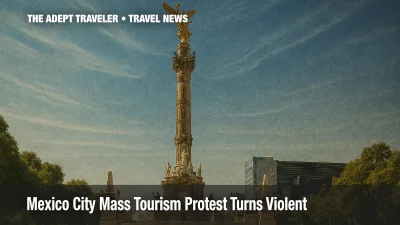Protests
Protest is a type of collective demonstration through acts of civil disobedience, which is designed to highlight an injustice or demand a change in policy. It has been used by people from all walks of life, from grassroots and citizens to movements, to advocate for a specific cause or political change. With the rise of social media and streaming technology, protests are increasingly becoming an international phenomenon.
When it comes to travel, protest is not just an issue of changing a policy or law, but of expressing solidarity with a particular cause or group, whether it is a minority within a country or a global issue. It is also a way of showing support for those who suffer from oppression, violence, human rights abuses, exploitation and other issues around the world. There are a range of protest types, ranging from sit-ins and marches to street art and blockades; and the most common types of protests in the travel context are peaceful gatherings, rallies and other public forums.
For example, in Hong Kong, protesters used various forms of civil disobedience from taking over streets and public areas, to peaceful protests and symbolic displays, in their demand for greater democracy. In Israel, pro-Palestinian advocates and human rights activists from all over the world have taken part in protest marches against the nation’s occupation of the Palestinian territories. In India, protest was also used to campaign for the removal of the British Colonial rule.
In Europe, the refugee crisis saw hundreds of thousands of people fleeing persecution and conflict in their countries of origin. This sparked widespread demonstrations and marches throughout the continent, as people called for governments to respect the rights of refugees and provide help and protection. In the US, protests have broken out over police brutality and systemic racism, while demonstrations against the Trans Mountain Expansion project and other pipelines were held in Canada to oppose the violation of Indigenous rights.
These recent examples reflect a growing trend of mass participation in travel-related protest, which is fueled by the power of social media, distributed networks, and cutting-edge communication technologies. Many of these protests also have a global dimension, as they cross multiple borders and cultures. In addition, more and more people from different countries are expressing solidarity and support for the same causes, which holds the potential for increased collaboration and collective action in advocacy.
This is why travel-related protest is very important for those who are trying to amplify their voice and bring about change. It gives people the opportunity to leverage their collective power and reach a much larger audience than could be achieved by individual action alone. In addition, it can also be a powerful tool for raising public awareness of global issues and injustices, influencing public opinion and helping to shape public policy and law.
Of course, there are also risks associated with protest. Depending on the local context and the nature of the protest, demonstrators may be targeted or even arrested by authorities. As such, it is important that people who choose to take part in travel-related protest research their destination, their rights, and potential legal and safety issues beforehand.
Travel-related protest is an important tool for people who wish to share their message with a wider audience and amplify their collective power. It can increase public awareness of global injustices and issues, and potentially help to shape public policy and law. However, there are also risks associated with this form of protest, so it is important to stay informed, research your destination and rights, and ensure that safety is a priority.
Climate Protest

Protests in Argentina

Protests in Germany

Protests in Greece

Protests in Honduras

Protests in Indonesia

Protests in Italy

Protests in Madagascar

Protests in Mexico

Protests in Peru

Protests in Portugal

Protests in the Philippines

Protests in the Unite States

Protests in the United Kingdom

Activists Delay Celebrity Eclipse Docking in Amsterdam

Mexico City Mass Tourism Protest Turns Violent, Shaking Traveler Hotspots

